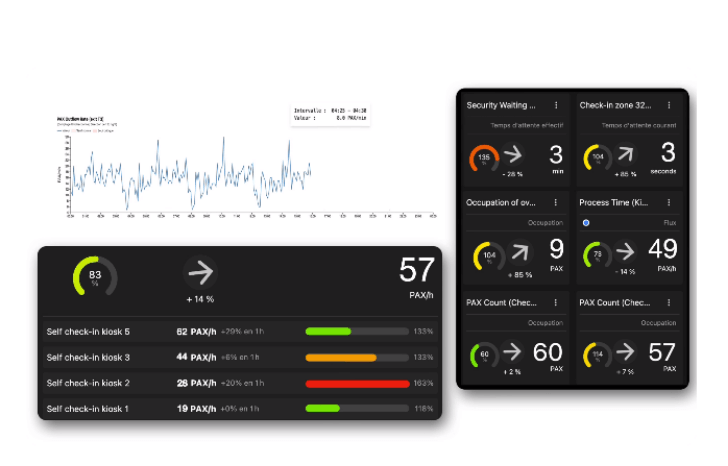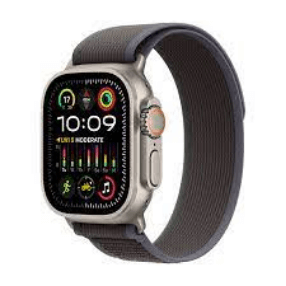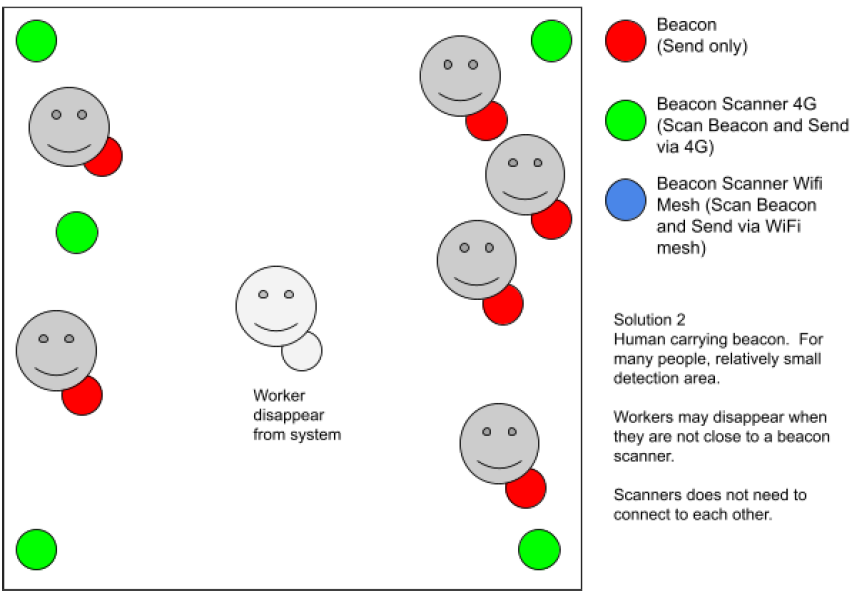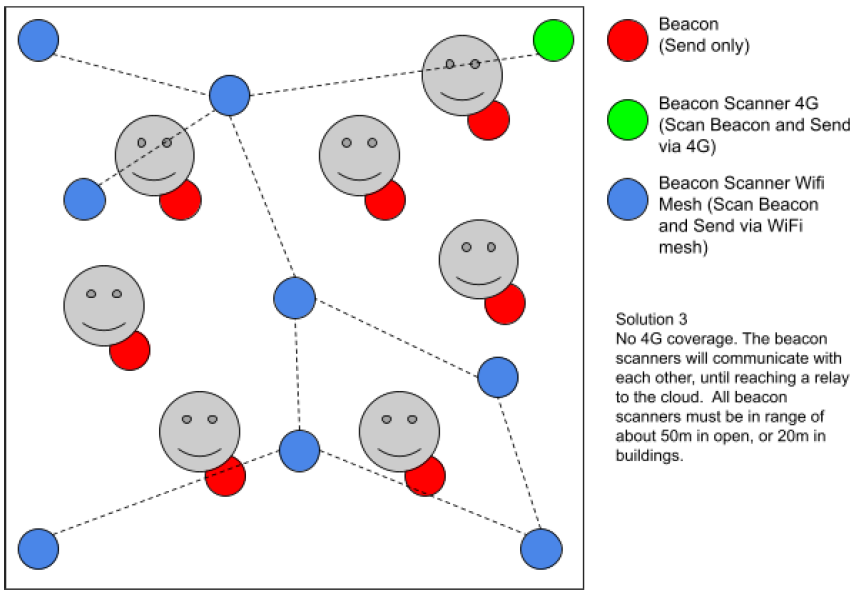People Positioning Intelligence (PPI)
Empowering seamless navigation and safety with Emmet Legion's People Positioning Intelligence (PPI) for every environment.
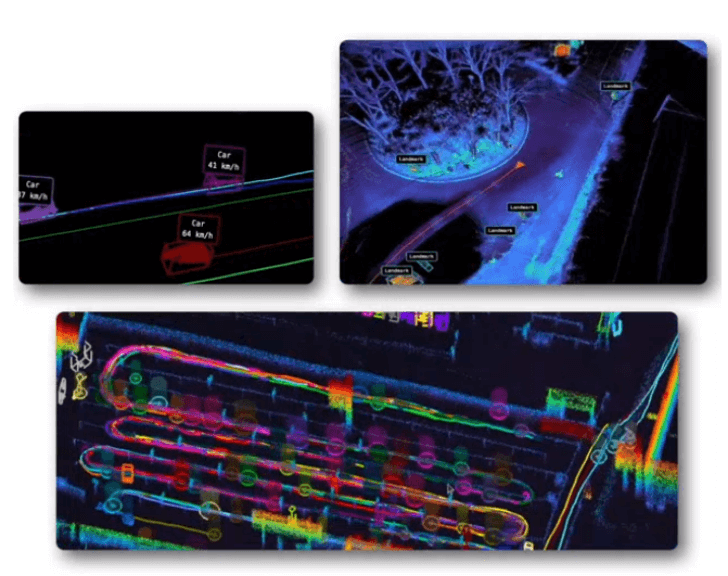
AI-powered 100% wireless
Beacon, Receiver
Experience seamless indoor tracking with AI-powered Beacon and Receiver content, ensuring 100% wireless connectivity for accurate location monitoring.
Insightful Data Analysis
visualize, analyze
Effortlessly visualize and analyze indoor tracking data with PPI's intuitive tools, enabling informed decision-making and enhanced safety measures.
